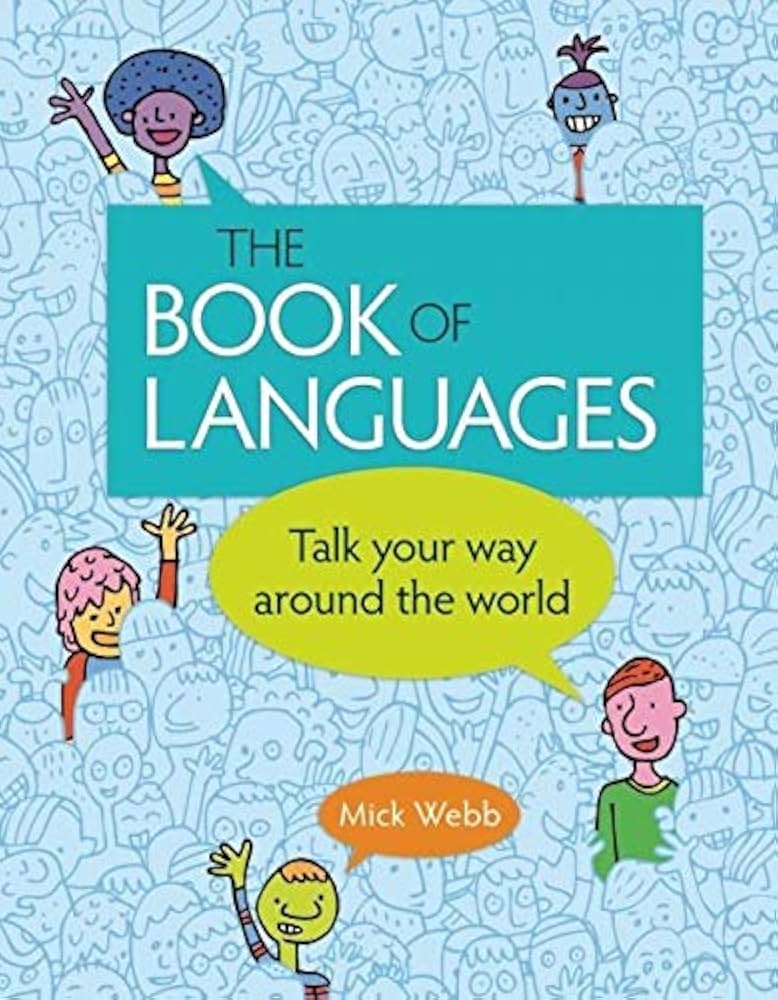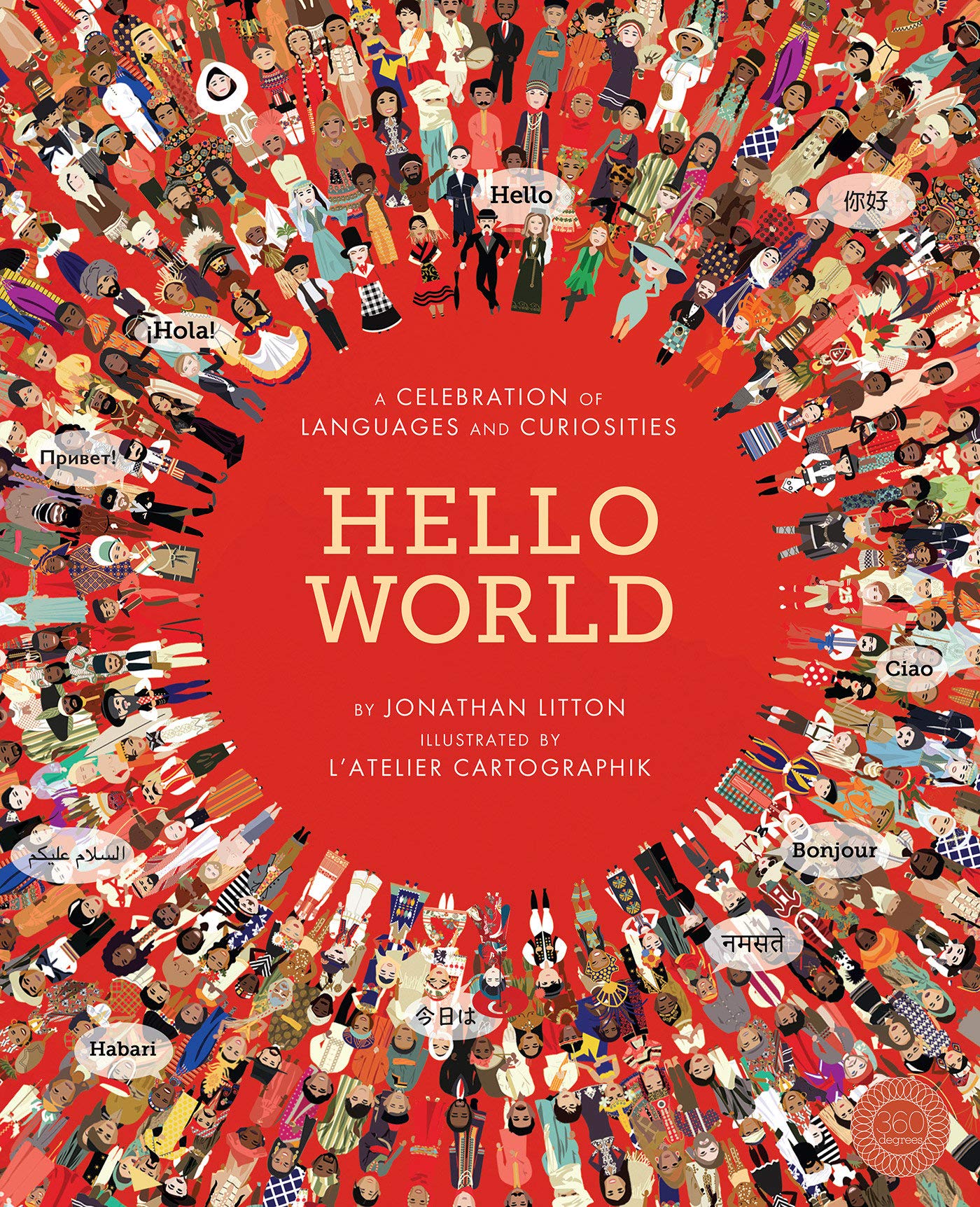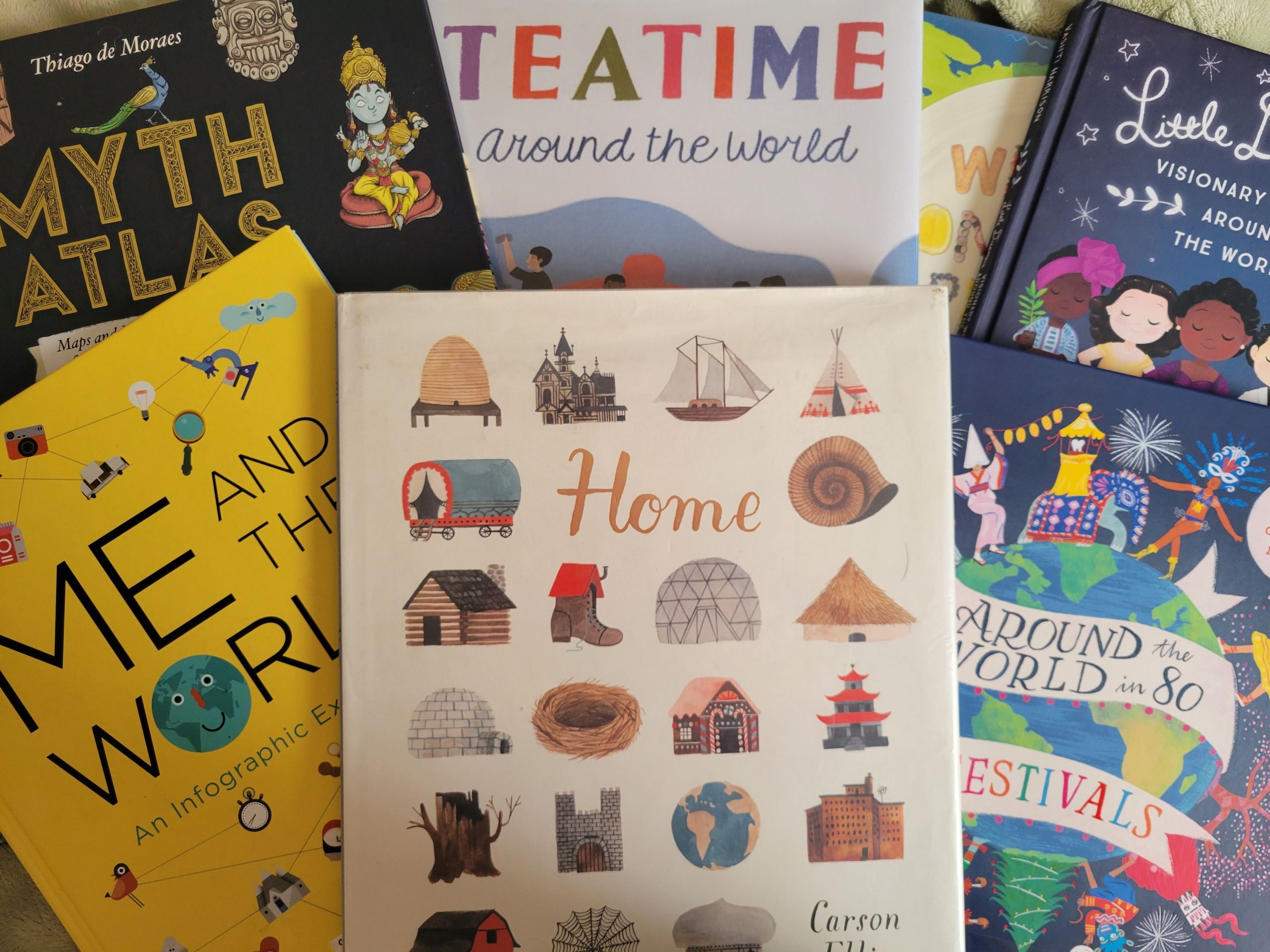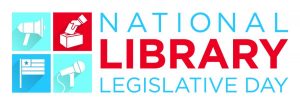Around the World in Junior Non-Fiction!
Hello everyone, this is Samantha from the ALASC Blogging Team! Lately, I’ve been seeing a lot of intolerance towards others in the news. Many of these issues involve youths, and most of the banned books are children’s books. It’s sad to see so much hate and fear in the world that I believe could be aided by empathetic understandings of one another.
Junior nonfiction is my favorite section to explore in the library. The section is so diverse, from easy reads about cute animals to more in-depth guides about specific cultural movements. Even as an adult, I find myself drawn to many of these books with engaging and beautiful pictures, easy-to-follow text, and exciting topics. I love sharing many of these books with my family and friends. Since junior nonfiction lays the foundation for the youths’ understanding of the world around them, it’s important for them to engage with books that teach us about other countries, regions, and cultures in order to plant a seed of tolerance. As they grow older, this seed can grow  and change as their experiences develop and blossom. Below is a list of junior nonfiction books that I curated, which all focus on learning about diverse cultures and individuals to explore their ways of life.
and change as their experiences develop and blossom. Below is a list of junior nonfiction books that I curated, which all focus on learning about diverse cultures and individuals to explore their ways of life.
Around the World in a Bathtub: Bathing all over the Globe by Wade Bradford (2017) – The book discusses many ways kids and their families bathe around the world. Some of the regions mentioned are Japan, Turkey, India, Alaska, and South Africa. All these bathing styles around the globe are linked together by the idea that many kids detest bath time, but once they’re in, they don’t want to get out. 
Dumpling Day by Meera Sriram (2021) – There’s a dumpling party today in town! Each page shows a different family making their dumplings to bring. Dumplings from ten countries are represented: the United States, Italy, Syria, Israel, Russia, Japan, China, India, Nigeria, and Mexico. At the end of the book, there are easy-to-follow recipes for each dumpling, encouraging readers and their families to make some of the dumplings mentioned in the book together.
 If You Lived Here by Giles Laroche (2011) – Each of the fifteen houses described is broken up into five sections, house type, materials, location, date, and a fascinating fact for easy comparing and contrasting, with a large accompanying illustration of the house. I really appreciate that each different house starts with a paragraph stating “If you lived here…” and sets the scene. In this paragraph, information about the time period and exact location is not mentioned. This seems to erase a barrier for the readers to be able to better connect with and envisions themselves in houses from areas they are not familiar with and time periods they don’t live in.
If You Lived Here by Giles Laroche (2011) – Each of the fifteen houses described is broken up into five sections, house type, materials, location, date, and a fascinating fact for easy comparing and contrasting, with a large accompanying illustration of the house. I really appreciate that each different house starts with a paragraph stating “If you lived here…” and sets the scene. In this paragraph, information about the time period and exact location is not mentioned. This seems to erase a barrier for the readers to be able to better connect with and envisions themselves in houses from areas they are not familiar with and time periods they don’t live in. 
Religion Around the World: A Curious Kid’s Guide to the World’s Great Faiths by Sonja Hagander, Matthew Maruggi, and Megan Borgert-Spaniol (2022) – Five main religions around the world are highlighted, including Hinduism, Buddhism, Judaism, Christianity, and Islam. Also discussed are other notable religions such as the spiritual beliefs of different indigenous tribes, Jainism, Taoism, Shintoism, and Sikhism. Each topic includes history, major beliefs and holidays, fun facts, and notable people of each religion.
Around the World Vegan Cookbook: The Young Persons’ Guide to Plant-Based Family Feasts by Niki Webster (2023) – Niki based the recipes on her own travels, and created a vegan twist to them, while keeping young chefs  in mind. She wanted to create a simple guide to global vegan dishes that young chefs anywhere can easily follow and make at home.
in mind. She wanted to create a simple guide to global vegan dishes that young chefs anywhere can easily follow and make at home.
What’s On Your Plate? Exploring the World of Food by Whitney Stewart (2018) – Food brings people together, and what better way of showing that than discussing global food culture? Each country highlighted in the book has a detailed illustration of the country’s map, a list of their popular foods with photos, and a recipe for readers to try. 
Myth Atlas: Maps and Monsters, Heroes and Gods from Twelve Mythological Worlds by Thiago de Moraes (2018) – If you’ve ever wished to see engaging visual maps of exciting mythological worlds, this is the perfect book for you. Figures from twelve spiritual, religious, and legendary worlds around the globe are discussed in the book. There is also a helpful pronunciation guide at the back of the book.
 Teatime Around the Word by Denyse Waissbluth (2020) – Teatime has been a delightful pastime for many cultures all around the world for centuries. A simple poem is complimented by facts of diverse cultural indulgences for their teatime.
Teatime Around the Word by Denyse Waissbluth (2020) – Teatime has been a delightful pastime for many cultures all around the world for centuries. A simple poem is complimented by facts of diverse cultural indulgences for their teatime.
Home by Carson Ellis (2015) – Homes look different in diverse regions. Some are in the country, or city, clean or messy, tall or short. Readers are left with the question. “Where is your home? Where are you?”
 Little Dreamers: Visionary Women Around the World by Vashti Harrison (2018) – Gorgeous illustrations and brief summaries of global visionary women, past and present, are compiled together in this book. Highlighting their achievements, Vashi Harrison brings to light many women in history who were pioneering visionaries in their worlds and gives them the recognition they all deserve.
Little Dreamers: Visionary Women Around the World by Vashti Harrison (2018) – Gorgeous illustrations and brief summaries of global visionary women, past and present, are compiled together in this book. Highlighting their achievements, Vashi Harrison brings to light many women in history who were pioneering visionaries in their worlds and gives them the recognition they all deserve.
 Around the World in 80 Festivals by Nancy Dickmann (2022) – Highlighted festivals are grouped together by major regions. At the beginning of each section, there is a map that points to different areas in the region where a festival is celebrated. The book celebrates local and indigenous celebrations that are native to various areas and cultures.
Around the World in 80 Festivals by Nancy Dickmann (2022) – Highlighted festivals are grouped together by major regions. At the beginning of each section, there is a map that points to different areas in the region where a festival is celebrated. The book celebrates local and indigenous celebrations that are native to various areas and cultures.
How to Draw Cute Stuff From Around the World by Angela Nguyen (2021) – Artists, pack your bags, we’re drawing around the world in kawaii! In this guide, Angela Nguyen shows little artists how to draw different things from around the world in her cute kawaii style. 
World Tour: Explore 60 of the World’s Most Amazing Places by Lonely Planet Kids (2021) – Really cute doodles accompany brief summaries of amazing cities, landmarks, and destinations around the world. Personally, I love the layout of the book with various text bubbles around each page because it’s easier to engage with and follow than large paragraphs of text.
Me and the World: An Infographic Exploration by Mireia Trius (2020) – Infographics on world topics of religion, school, common names, popular cities, and many more give young readers engaging visuals to conceptualize the culture of the world around them.
 The Book of Languages by Mick Webb (2013) – This book highlights twenty-one of the world’s most commonly spoken languages. Each described language includes a short history, a map showing where is it spoken, greetings, numbers pronunciation points, its alphabet, and a paragraph on “language matters.”
The Book of Languages by Mick Webb (2013) – This book highlights twenty-one of the world’s most commonly spoken languages. Each described language includes a short history, a map showing where is it spoken, greetings, numbers pronunciation points, its alphabet, and a paragraph on “language matters.”
 Hello World: A Celebration of Languages and Curiosities by Jonathan Litton (2016) – As one of my favorite books in this list, Hello World consists of maps of various regions. Each map contains greetings and phrases written in the native language, and under the flap is an English phonetic pronunciation of the words. I adore the visuals of having speech bubbles of diverse languages altogether in the same image.
Hello World: A Celebration of Languages and Curiosities by Jonathan Litton (2016) – As one of my favorite books in this list, Hello World consists of maps of various regions. Each map contains greetings and phrases written in the native language, and under the flap is an English phonetic pronunciation of the words. I adore the visuals of having speech bubbles of diverse languages altogether in the same image.
Thank you for going on this journey with me. I had such a fun time exploring all these incredible materials at my local library. I encourage you to keep exploring and challenging any biases or prejudices you may have for others. Engaging with books and other materials written about and by diverse cultures is so important for gaining an empathetic understanding of our wonderful, and beautifully diverse world.
~This post was written by the ALASC Blogging Assistant, Samantha Harteau.


